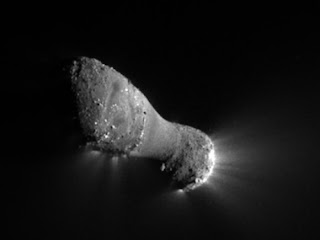The Problem with Chirality
Although some of Darwin's Cheerleaders support the debunked Miller-Urey experiment, real science shows that it did not perform what is claimed. In fact, people who know about chemistry should laugh at the concept of chemical evolution. When the newspaper headline, "Life in a Test-tube," appeared in 1953, the evolutionary community became very excited because they viewed the work of Stanley Miller and Harold Urey as scientific proof that life could have been formed from chemicals by random chance natural processes. In that classic experiment, Miller and Urey combined a mixture of methane, ammonia, hydrogen, and water vapor and passed the mixture through an electric discharge to simulate lightning. At the end of the experiment, the products were found to contain a few amino acids. Since amino acids are the individual links of long chain polymers called proteins, and proteins are important in our bodies, newspapers quickly reported there was laboratory evidence that now p...

